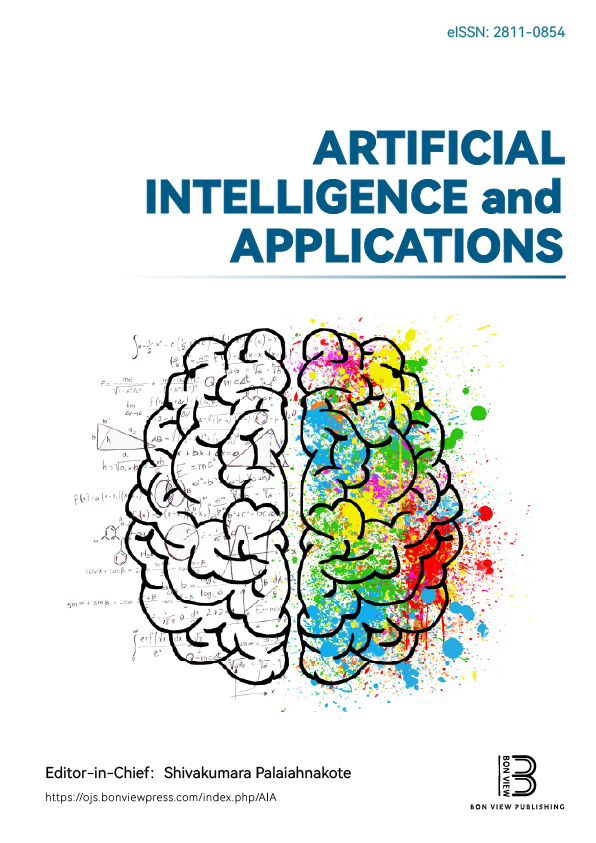An Integrated Fishery Meteorological Information Service Terminal Based on End-Side Deep Learning Technology
DOI:
https://doi.org/10.47852/bonviewAIA42021821Keywords:
fishery energy internet, meteorology sensitivity, fishery informatization, fishery load, deep learningAbstract
Fishery meteorology has multiple impacts on the fisheries industry, especially in modern fishery industrial parks where renewable energy is extensively utilized. Therefore, this study developed a comprehensive fishery meteorological information terminal, based on the Android system, that considers the requirements of fish farming, fishery load, and the characteristics of renewable energy for fishery meteorology. This terminal aims to provide convenient and comprehensive information services to aquaculturists actively involved in modernizing the fisheries industry. The system consists of two main subsystems: the fishery subsystem and the weather subsystem. In the fishery subsystem, real-time monitoring and recording of fishery meteorology and related parameters can be achieved. In the weather subsystem, the demand for photovoltaic energy in weather forecasting is emphasized. A weather prediction model based on LSTM is used for hourly weather forecasting. The model is trained on meteorological station data by default, and users can also upload photovoltaic station data to obtain a model trained on such data. The system can retain two models simultaneously, and when one of the datasets is unavailable, the available data is used to make predictions on the corresponding model to ensure service stability. Additionally, we conducted experiments to verify the performance loss brought by deploying the model on the edge using TensorFlow Lite. The results show that when the memory usage is reduced to 1/33 of the original, the model still retains over 99% of its performance.
Received: 1 October 2023 | Revised: 19 November 2023 | Accepted: 25 January 2024
Conflicts of Interest
Xueqian Fu is an Editorial Board Member for Artificial Intelligence and Applications, and was not involved in the editorial review or the decision to publish this article. The authors declare that they have no conflicts of interest to this work.
Data Availability Statement
The data that support the findings of this study are openly available in WF_DATA at http://doi.org/10.5281/zenodo.10575481.
Author Contribution Statement
Xiaolong Zhao: Conceptualization, Methodology, Software, Validation, Formal analysis, Investigation, Resources, Data curation, Writing - original draft, Writing - review & editing, Visualization. Xueqian Fu: Conceptualization, Methodology, Software, Validation, Formal analysis, Investigation, Resources, Data curation, Supervision, Project administration, Funding acquisition. Xiangrong Zeng: Methodology, Software, Investigation, Resources, Data curation, Writing - original draft. Ningyi Zhang: Methodology, Software, Investigation, Resources, Data curation, Writing - original draft.
Metrics
Downloads
Published
Issue
Section
License
Copyright (c) 2024 Authors

This work is licensed under a Creative Commons Attribution 4.0 International License.






